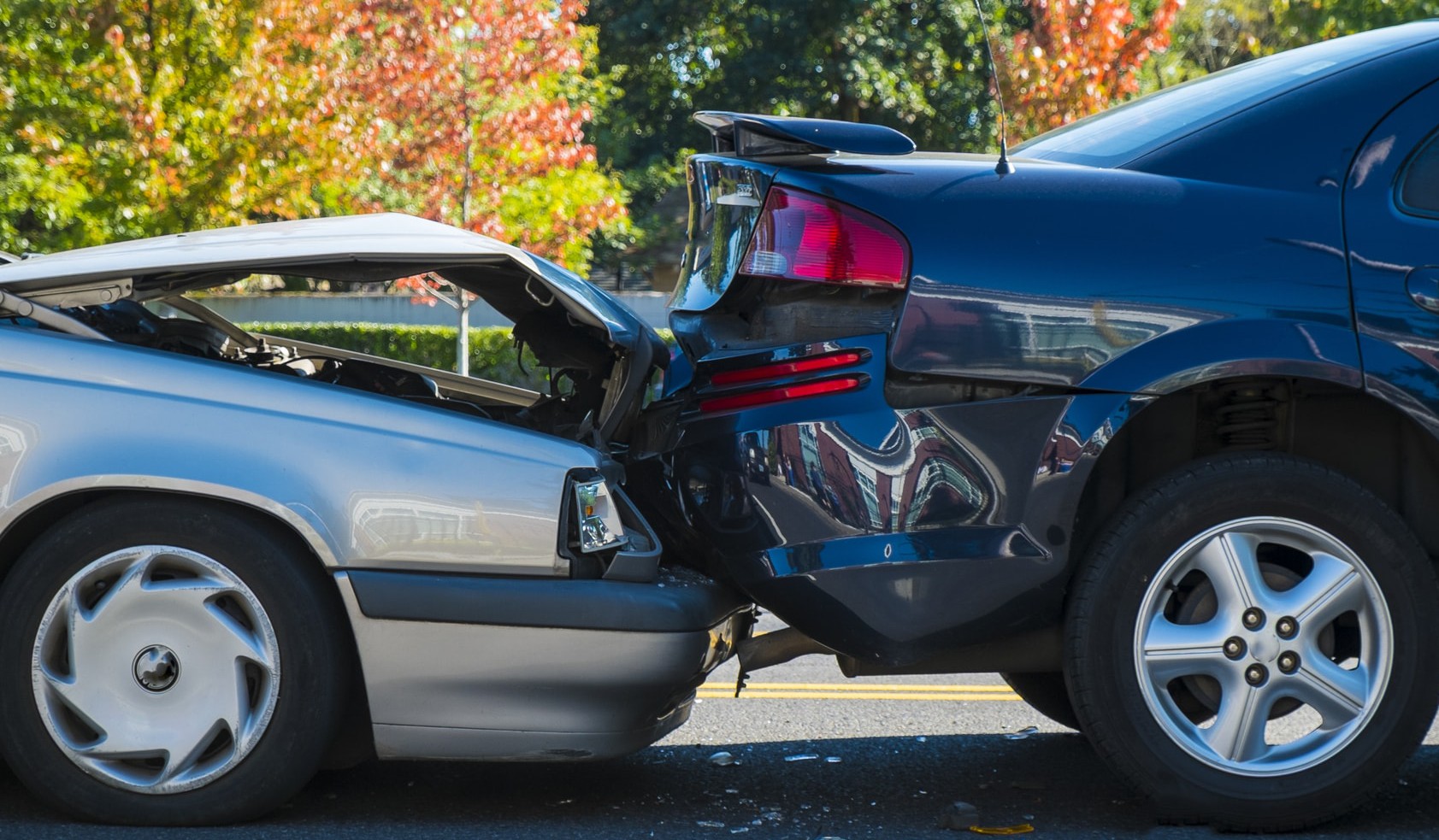
A rear-end collision is a type of traffic accident where one vehicle crashes into another one in front of it. There are various factors that cause rear-end collisions including:
- Tailgating
- Distraction
- Driver inattention
- Weather-related reduced traction
- Panic attacks
Even though many rear-end collisions happen when drivers are driving less than 10 mph, they can still suffer long-lasting injuries to the neck, spine, brain, face and knees. Whiplash is the most common injury caused by a rear-end collision. In other more serious cases, herniation and other permanent injuries can occur.
Most of the rear-end collisions could be avoided if auto manufacturers would add collision avoidance systems in their vehicles. Many common scenarios for rear-end crashes are a sudden deceleration by the car in front (possibly trying to avoid hitting a pedestrian crossing the street) and the vehicle behind them doesn’t have time to brake and crashes into them. This could play the other way too where the following car is accelerating more quickly than the car in front and it leads to a crash.
The National Highway Traffic Safety Administration (NHTSA) reported the following statistics:
- Rear-end collisions were the cause of around half of all two-car crashes between 2012 and 2014 killing over 1,700 people each year
- During this same time frame, the National Transportation Safety Board invested nine rear-end collisions involving a commercial or passenger vehicle crashing into the rear of another vehicle, injuring 90 people and killing 28
- It was shown through a 2007 NHTSA study that 87 percent of rear-end collisions happened due to a driver not attending to the traffic ahead
The NHTSA is trying to make the case that it become standard that both passenger vehicles and commercial trucks have collision avoidance technology like pre-braking systems, sensors for detecting other vehicles and Electronic Stability control (ESC).
And, since you are not required to pay extra for seat belts, you shouldn’t have to for technology that helps prevent a collision.
What You Can Do
When you buy a vehicle, you should shop around for one that is equipped with autonomous emergency braking and collision warning technology. You can visit the NHTSA’s safercar.gov site to find the vehicles offering these features. This includes commercial vehicle fleet owners as well. Also, make sure you have a solid auto insurance policy in place in case you are involved in a rear-end collision and if you are, speak with your independent insurance agent.